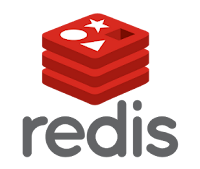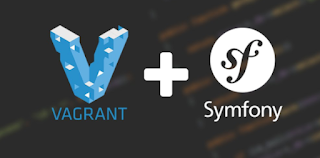Redis: The Basics

What is Redis ? - Redis is an open source (BSD licensed), in-memory data structure store, used as database, cache and message broker - Remote Dictionary Server Installation For Mac OS X: 1. Install XCode Developer Tools 2. Download the stable release on Redis official site: http://redis.io/download 3. Run the ff. command: wget http://download.redis.io/releases/redis-3.2.0.tar.gz tar xzf redis-3.2.0.tar.gz cd redis-3.2.0 # install and run globally (/usr/local/bin) make install redis-server # install and run locally make cd src && ./redis-server # install on another location make install /opt/local/bin For Ubuntu: 1. Run the ff. command: sudo apt-get install redis-server # run redis-server Data Types List: - collection of string elements, sorted according to the order of insertion. ex. 8, 9, 1, 2, 3 - implemented using a linked list, not using an array - insertion of new elements to head or tail is at constant time regardless of the length of the list ...

